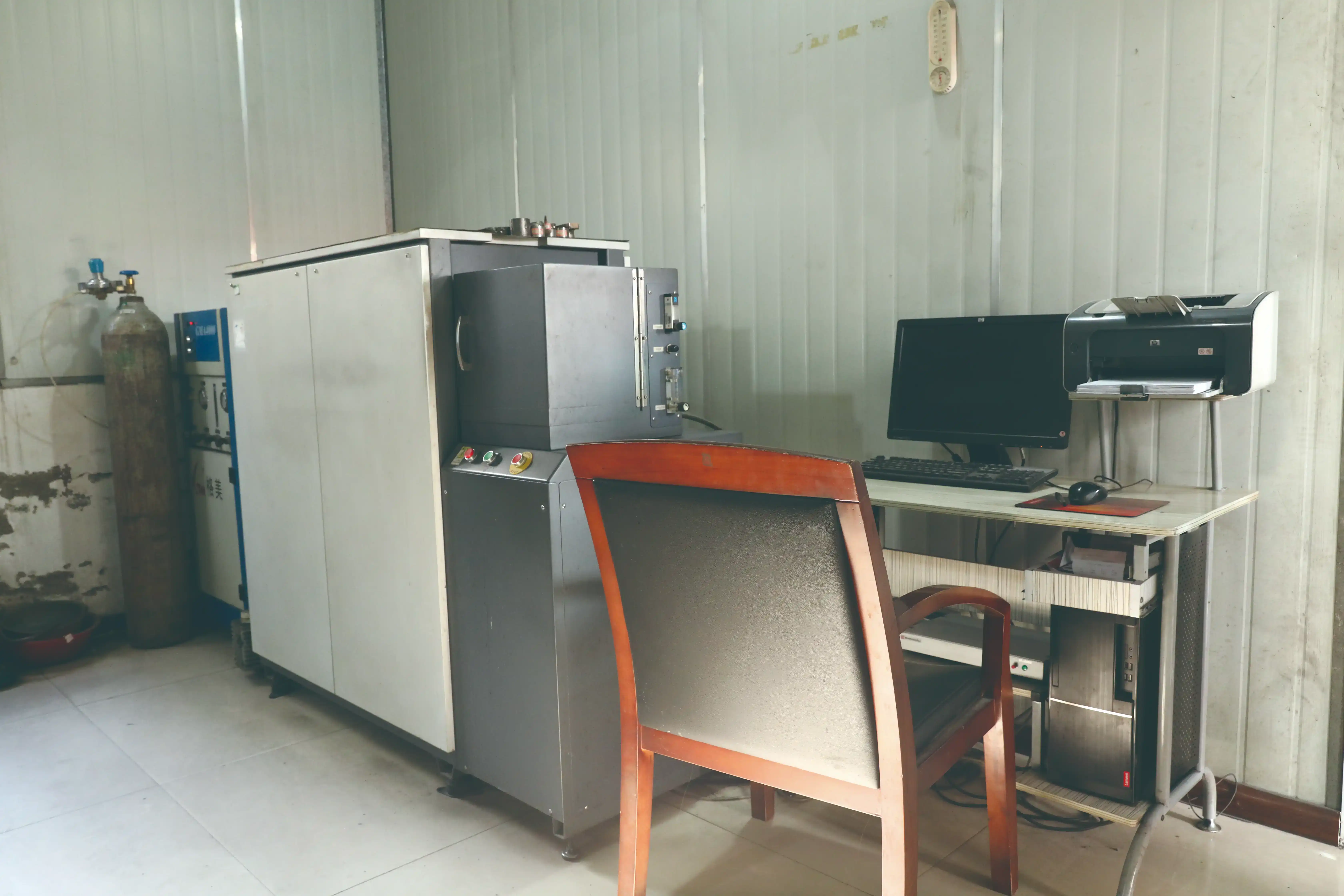In the world of mineral processing and mining, the quality of grinding media plays a pivotal role in operational efficiency and cost-effectiveness. High-performance grinding balls are essential for achieving optimal particle size reduction in ball mills, which is crucial for subsequent mineral extraction processes. But how can manufacturers and end-users ensure that their grinding media meets the highest standards? Let's delve into the rigorous quality tests that guarantee superior grinding balls mining.

Metallurgical analysis methods for grinding media inspection
The metallurgical composition of grinding balls is fundamental to their performance. Advanced analytical techniques are employed to scrutinize the material properties and ensure consistency across production batches.
Spectrometric analysis for elemental composition
One of the primary methods used in quality control is spectrometric analysis. This technique allows for precise determination of the elemental composition of the grinding balls mining. Using methods such as optical emission spectrometry (OES) or X-ray fluorescence (XRF), technicians can quantify the exact percentages of carbon, chromium, manganese, and other alloying elements present in the steel.
Microstructural examination through metallography
Metallography involves the preparation and examination of metal samples under high-powered microscopes. This process reveals the microstructure of the grinding media, including grain size, phase distribution, and any inclusions or defects. The microstructure directly influences the wear resistance and overall durability of the balls during the milling process.
Hardness profiling across ball cross-sections
Hardness testing is crucial for predicting the wear life of grinding media. Technicians perform hardness measurements at various points across the cross-section of sample balls to ensure uniform hardness throughout. This is typically done using Rockwell or Vickers hardness testing methods, which provide quantitative data on the material's resistance to indentation.
Impact toughness testing for fracture resistance validation
While hardness is important, grinding balls must also possess sufficient toughness to withstand the high-impact environment of a ball mill. Impact toughness testing assesses the material's ability to absorb energy during sudden impacts without fracturing.
Charpy V-notch impact testing
The Charpy V-notch test is a standardized method for measuring the impact energy absorbed by a material during fracture. In this test, a notched specimen of the grinding ball material is struck by a pendulum hammer, and the energy absorbed during the fracture is measured. This test simulates the dynamic loading conditions experienced by grinding balls mining in a mill and helps predict their resistance to brittle fracture.
Drop weight impact testing for large-scale validation
For a more direct assessment of grinding ball performance, some manufacturers employ drop weight impact tests. In these tests, full-size grinding balls are subjected to repeated impacts from a falling weight. The number of impacts a ball can withstand before fracturing provides valuable data on its durability and resistance to breakage under mill-like conditions.
Fractography analysis of broken specimens
After impact testing, fractography analysis is conducted on broken specimens. This involves examining the fracture surfaces using scanning electron microscopy (SEM) to understand the failure mechanisms. The analysis can reveal whether the fracture was ductile or brittle, and identify any material defects that may have contributed to the failure.
On-site quality control checks for incoming grinding media
While manufacturers conduct extensive testing, it's equally important for end-users to perform quality checks on incoming grinding media shipments. These on-site tests help ensure that the received product meets specifications and maintains consistency across deliveries.
Visual inspection and dimensional verification
The first line of quality control at the receiving end is a thorough visual inspection. Technicians examine the grinding balls mining for any visible defects such as cracks, surface irregularities, or non-uniformity in shape. Additionally, they measure the balls' diameters using precision calipers to verify that they fall within the specified tolerance ranges.
Portable hardness testing
Portable hardness testers allow for quick, non-destructive hardness measurements on-site. These devices, such as portable Leeb hardness testers, can provide instant readings of the surface hardness of grinding balls. While not as precise as laboratory methods, they offer a practical way to spot-check hardness consistency across a shipment.
Density and specific gravity measurements
The density of grinding media is an important parameter that affects mill performance. On-site technicians can perform simple density measurements using the Archimedes principle. By weighing the balls in air and water, they can calculate the specific gravity, which should fall within a narrow range for high-quality grinding media.
Chemical spot tests for material verification
Quick chemical spot tests can be used to verify the presence of key alloying elements. For example, a simple acid test can confirm the presence of chromium in high-chrome grinding balls. While not quantitative, these tests provide a rapid way to ensure that the received media matches the specified material grade.
Breakage rate monitoring during mill operation
The ultimate test of grinding media quality occurs during actual mill operation. Careful monitoring of ball consumption rates and periodic sieve analysis of the mill discharge can provide valuable data on the performance of the grinding media. Unexpected increases in breakage rates or changes in particle size distribution may indicate quality issues that warrant further investigation.
In conclusion, ensuring superior grinding ball performance requires a comprehensive approach to quality testing. From metallurgical analysis and impact toughness validation to on-site quality control checks, each step plays a crucial role in maintaining the high standards necessary for efficient mineral processing operations. By implementing these rigorous testing protocols, manufacturers and end-users can maximize the performance and longevity of their grinding balls mining, ultimately contributing to more efficient and cost-effective mining operations.
At NINGHU, we are committed to delivering high-quality grinding media that meets and exceeds industry standards. Our state-of-the-art testing facilities and stringent quality control measures ensure that every batch of grinding balls we produce undergoes thorough examination and validation. If you're looking to optimize your milling operations with superior grinding media, we invite you to reach out to our team of experts. Contact us at sales@da-yang.com or sunny@da-yang.com to learn more about our products and how we can support your mineral processing needs.
References
- Smith, J. R. (2019). Advanced Metallurgical Testing Methods for Grinding Media Quality Assurance. Journal of Mining Engineering, 45(3), 278-292.
- Johnson, A. B., & Thompson, C. D. (2020). Impact Toughness Evaluation Techniques for High-Chrome Grinding Balls. Materials Science and Technology, 36(2), 145-159.
- Liu, X., et al. (2018). On-Site Quality Control Practices for Grinding Media in Mineral Processing Plants. International Journal of Mineral Processing, 172, 89-103.
- Garcia, M. E., & Rodriguez, F. A. (2021). Correlation Between Microstructure and Wear Performance of Grinding Balls for Mining Applications. Wear, 476, 203686.
- Chen, H., & Wang, L. (2017). Advances in Non-Destructive Testing Methods for Grinding Media Quality Assessment. NDT & E International, 91, 80-93.
- Brown, T. K., et al. (2022). Comprehensive Guide to Quality Assurance in Grinding Media Manufacturing. Mining Engineering Handbook (3rd ed.), Society for Mining, Metallurgy, and Exploration, 567-589.








